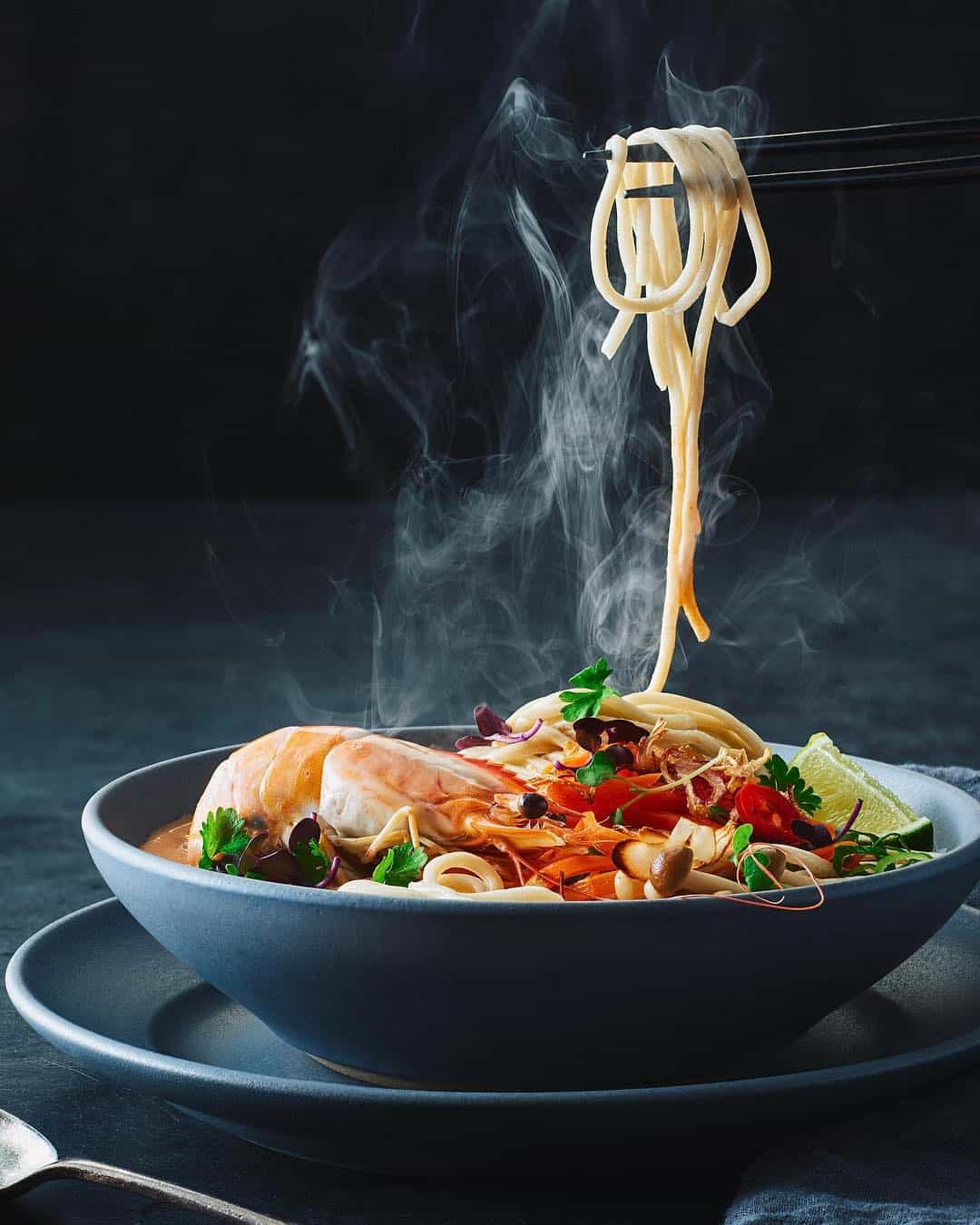Rise by Six: Your Daily Dose of Inspiration
Explore insights and stories that elevate your day.
Say Cheese to Your Dinner: Crafting Irresistible Food Photos
Transform your meals into mouthwatering masterpieces! Discover tips for stunning food photography that will make dinner shine on social media.
5 Tips for Styling Your Food Photos Like a Pro
Styling your food photos can make all the difference between a mediocre shot and a mouth-watering masterpiece. Here are 5 tips for styling your food photos like a pro:
- Choose the Right Lighting: Natural light is your best friend when it comes to food photography. Shoot near a window during the day to capture the vibrant colors and details of your dish.
- Use Textures and Layers: Incorporate different textures to add depth to your images. Consider using wooden boards, textured linens, or ceramic plates to enhance the visual appeal.
Continuing with our 5 tips for styling your food photos like a pro,:
- Color Coordination: Choose a color palette that complements your food. Use contrasting colors to make the dish pop while ensuring that the background does not overshadow the food.
- Garnish Wisely: A simple herb or a sprinkle of spices can make a dish look more appetizing. Be thoughtful about your garnishes, as they should enhance the overall presentation without overwhelming the main dish.
- Experiment with Angles: The angle from which you photograph your food can change the entire perception of the dish. Don’t hesitate to try overhead shots or close-ups to find the most flattering perspective.

The Best Lighting Techniques for Mouthwatering Food Photography
When it comes to food photography, mastering lighting techniques is essential for capturing mouthwatering images that make dishes irresistible. One of the best approaches is to use natural light, which adds a soft and inviting glow to your food. Position your setup near a window to take advantage of diffused sunlight, ideally during golden hour when the light is warm and flattering. If the sunlight is too harsh, consider using sheer curtains or white reflectors to soften the light and reduce harsh shadows, creating a more appealing presentation.
Another effective technique involves experimenting with artificial lighting sources. Using a softbox or continuous LED lights can help replicate that beautiful natural light effect. Adjust the placement of your lights to avoid heavy shadows; placing lights at a 45-degree angle from your subject often yields the best results. Additionally, incorporating a reflector can bounce light back onto the dish, enhancing textures and colors that make your food pop in photos. Remember, playing with different angles and intensities will help you discover the perfect lighting to showcase your culinary creations beautifully.
How to Choose the Right Props to Enhance Your Food Shots
When it comes to capturing stunning food photography, choosing the right props is essential for enhancing your shots. Start by considering the style and theme of your food presentation. For instance, rustic dishes often pair beautifully with wooden boards or vintage utensils, while modern cuisine may benefit from sleek, minimalist props. Don't forget to think about color; contrasting colors can make your food pop, while complementary tones can create a harmonious palette that draws the viewer in.
Next, consider the texture and composition of your props. Incorporating a variety of textures—such as linen napkins, ceramic plates, or metallic cutlery—can add depth to your photographs. It's also important to note that less is often more; avoid overcrowding the frame with too many props. Instead, use a few carefully selected items to guide the viewer's focus towards the food itself. By balancing these elements thoughtfully, you can elevate your food shots and make them more enticing.